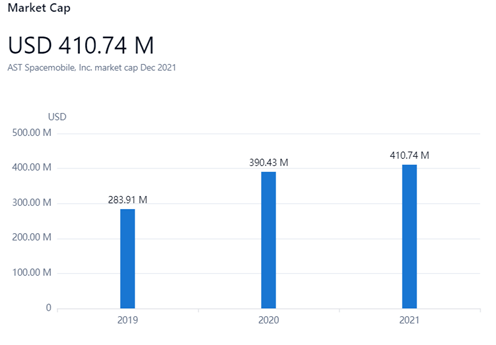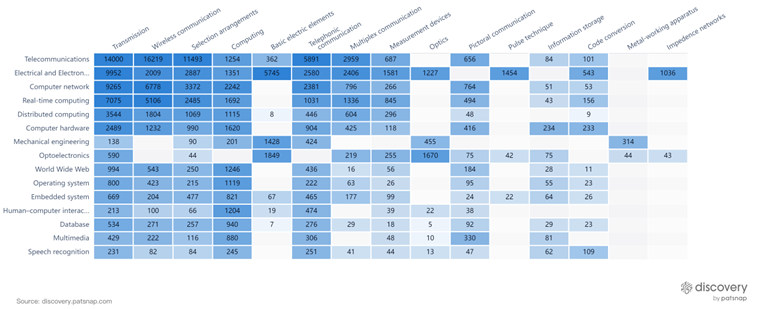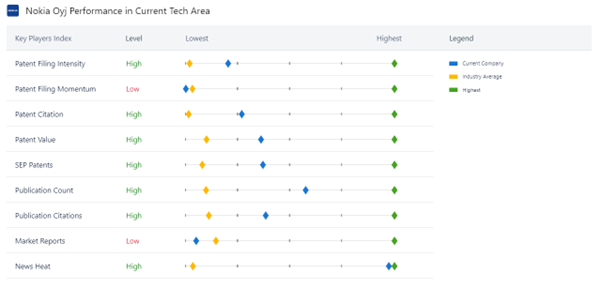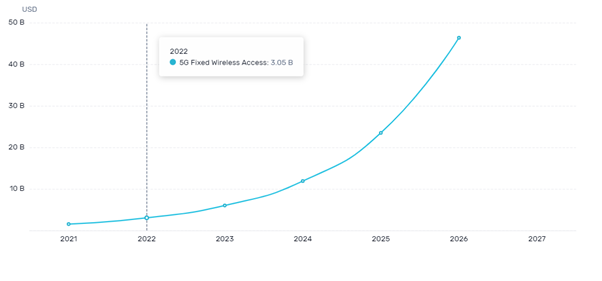Mission impossible? Nokia and AST SpaceMobile are partnering to increase mobile connectivity around the world. In this article, we’ll explore how these companies plan to expand global coverage
Although it’s hard for many of us to imagine a world without mobile connectivity, this is the reality for nearly half of the global population. Lack of internet access prevents vulnerable groups from being able to lift themselves out of poverty via the life-changing education, economic, and career opportunities found online.
In a bid to increase connectivity, the Broadband Commission set a lofty goal to connect 75% of the world by 2025. To help capture the remaining uncovered areas, forward-thinking companies AST SpaceMobile and Nokia are stepping up.
In this article, we’ll explore how these two companies are expanding global coverage.
AST SpaceMobile & Nokia Partnership
AST SpaceMobile is a startup company that collaborates with cellular providers to improve global internet access. The company is on a mission to build the first (and only) space-based broadband network. Since its founding in 2017, AST SpaceMobile has experienced rapid growth — increasing its market cap by a staggering 44.67% from 2019 to 2021:

This expansion is allowing the organization to proceed with groundbreaking projects, such as the Blue Walker-3 —AST SpaceMobile’s prototype satellite designed to operate with standard mobile devices.
However, the company realizes collaboration accelerates progress. As such, it recently inked a five-year deal with Nokia, a leading mobile network provider. And this move isn’t surprising, given Nokia’s rich history in the mobile phone space.
In 1991, Nokia had direct involvement in the first-ever GSM communications, and in 2003 the company developed the first camera phone. Thanks to years of constant innovation, Nokia developed a powerful tech portfolio, as illustrated in the innovation matrix below:

Through their partnership, the companies can work together to bridge the connectivity gap by developing and iterating on products such as the Blue-Walker 3. The terms of this global 4G and 5G deal include working to “bring cellular connectivity directly to 4G and 5G devices via low earth-orbiting satellites in collaboration with mobile network operators.”
Ultimately, the companies hope to find real-world solutions that enable them to expand worldwide coverage and close the “digital divide” impacting 49% of the global population.
Radio Access Networks: A Key Focus for Nokia & AST SpaceMobile
A key focus for Nokia and AST SpaceMobile is the access to Nokia’s Radio Access Networks (RAN). These networks help provide mobile services to users that don’t have access to terrestrial communication networks.
Part of this agreement means AST SpaceMobile will gain access to Nokia’s airspace radio portfolio, allowing the company to leverage its next-generation base stations so users can connect to the SpaceMobile network — regardless of location.
The graph below compares Nokia’s patenting activities with other innovators in the space sector. As you can see, Nokia is investing heavily in RAN, and as a result, the company holds the top portfolio.

Final Thoughts
Many other companies are following suit and investing in the 5G sector. In the coming years, the 5G market is predicted to grow by more than 1000% — meaning it’s certainly possible the Broadband Commission’s advocacy targets will be met.

What’s more, the Nokia and AST SpaceMobile deal will further expand coverage and enable both organizations to help bridge the connectivity gap.
If you’re interested in keeping track of new developments in the mobile device space, try our Discovery platform for free. It provides you with instant access to billions of global data points including company news, M&A activity, VC investments, tech trends, and more!
Author Bio

William works as a Product Specialist at PatSnap, with a focus on the Discovery Platform. He is pursuing a bachelor’s degree in Business Management at the University of Brighton. In his spare time, William enjoys sports and reading novels.














